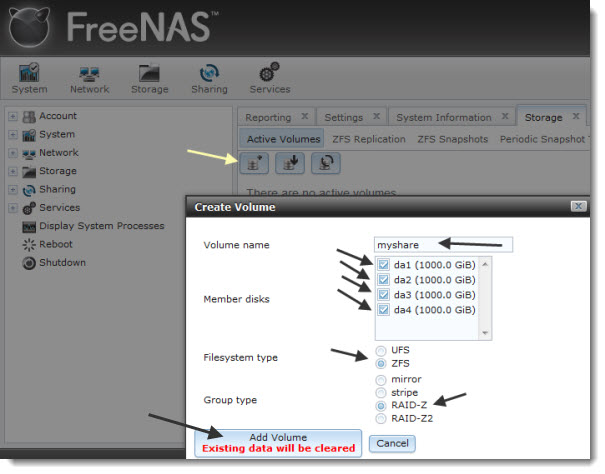

You need to install FreeNAS to either a USB drive, or an SD card if your PC supports them. If you install to your nice 1TB drive then the space will be wasted. A router with DD-WRT hacked onto it and a USB hard disk attached could also perform the same function, but again there’s a lot of hacking involved to get it to work right.įirst up, FreeNAS isn’t something you’ll be dual-booting, and it doesn’t even come with a nice graphical partitioning utility.It’s well-developed, but some features such as disk pooling are still a bit sketchy for the average user and it does sometime require a little command line hacking to get things just right. Amahi Home Server is a free, Linux-based solution that comes complete with an app store for adding functionality with one click installations.Microsoft Windows Home Server is my current choice of home file and backup server, and is an absolute steal at just $49 for an OEM license.If FreeNAS isn’t your thing, here’s a few alternatives: The ability to configure your router to either forward ports or setup dyndns addresses.The latest install ISO from the FreeNAS download page.Īs well as to set up remote access, you’ll also need:.To set this up today, you either need a working FreeNAS installation already set up and running, or: Today I’m going to walk you through a basic installation, setting up a simple file share, and setting things up so you can access your files from anywhere over the Internet using the encrypted secure FTP over SSH option.

FreeNAS is a free, open source BSD-based operating system that can turn any PC into a rock-solid file server.


 0 kommentar(er)
0 kommentar(er)
